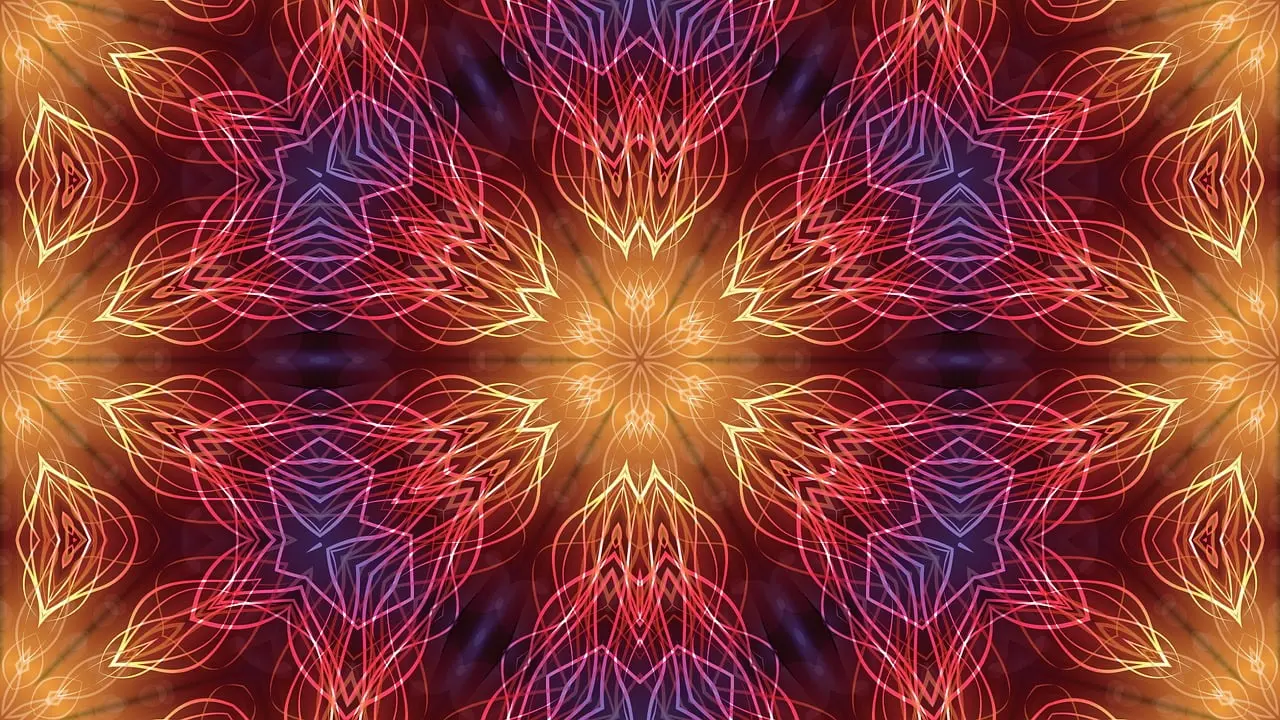The Sphinx: Occult Symbolism and Its Mysteries

Looking for more amazing products? Check out our online store and explore our collection here! Happy shopping!
Before diving in, please note: This post is for informational purposes only. If you’d like to know more about how we approach topics, feel free to check out our friendly Disclaimer Page.
Hey there, amazing readers! 
We’re committed to delivering quality posts, and your support (even just sticking around despite the ads) means everything to us. So, bear with us, and thanks for helping us keep the good vibes rolling. Now, on to the fun stuff!
TRANSLATE BUTTON AT THE END OF THE ARTICLE
Introduction to the Sphinx
The Sphinx, a mythical creature with the body of a lion and the head of a human, has captured the imaginations of people around the world for centuries.
This enigmatic figure stands as a symbol of mystery and power, shrouded in ancient secrets and riddles waiting to be unraveled.
From its ancient origins in Egypt to its prevalence in occult symbolism, the Sphinx continues to fascinate and intrigue those who seek to understand its deeper meanings.
In this article, we will explore the history, symbolism, and mysteries surrounding the Sphinx, delving into its connections to ancient cultures, mythology, and modern theories.
History and Origins of the Sphinx
The origins of the Sphinx can be traced back to ancient Egypt, where it was believed to be a symbol of protection and guardianship.
The most famous Sphinx, located near the Great Pyramids of Giza, is known as the Great Sphinx of Giza.
This colossal statue is thought to have been built during the reign of Pharaoh Khafre in the 26th century BC.
Carved out of limestone bedrock, the Sphinx stands at an impressive 66 feet tall and 240 feet long, making it one of the largest monolithic statues in the world.
Its exact purpose and the identity of the figure it represents remain subjects of debate among historians and archaeologists.
Symbolism of the Sphinx in Occultism
In occultism, the Sphinx is often seen as a symbol of mystery, wisdom, and hidden knowledge.
Its unique combination of human and animal features is believed to represent the union of the spiritual and physical realms, the integration of the conscious and subconscious mind.
The Sphinx is also associated with the concept of guardianship, serving as a protector of sacred places and esoteric wisdom.
Its enigmatic gaze and inscrutable smile have inspired countless interpretations and theories among occult practitioners and scholars seeking to unlock its secrets.
The Connection Between the Sphinx and Ancient Egypt
The Sphinx holds a special significance in ancient Egyptian mythology and religion.
It is commonly associated with the sun god Ra, who was believed to travel across the sky in a solar barque each day.
The Sphinx’s position facing eastward towards the rising sun is seen as symbolic of rebirth, regeneration, and the eternal cycle of life.
Some interpretations suggest that the Sphinx was constructed as a guardian of the Giza necropolis, watching over the souls of the deceased and guiding them to the afterlife.
Its presence in the desert landscape of Egypt adds to its aura of mystery and majesty.
Interpretations of the Sphinx in Different Cultures
While the Sphinx is most commonly associated with ancient Egypt, similar figures can be found in other cultures around the world.
In Greek mythology, the Sphinx is depicted as a female creature with the body of a lion, the wings of a bird, and the head of a woman.
This version of the Sphinx is known for posing riddles to travelers and devouring those who cannot answer correctly.
In Assyrian and Persian cultures, winged lion figures known as lamassu were often placed at the entrances of palaces and temples as protective spirits.
These diverse representations of the Sphinx highlight its universal themes of protection, wisdom, and mystery.
The Enigmatic Riddle of the Sphinx
One of the most famous legends associated with the Sphinx is the riddle it posed to travelers in Greek mythology.
According to the myth, the Sphinx sat outside the city of Thebes and asked passersby a riddle: "What walks on four legs in the morning, two legs at noon, and three legs in the evening?" Those who could not answer the riddle were devoured by the Sphinx.
The answer, of course, is a human being, who crawls as a baby, walks on two legs as an adult, and uses a cane in old age.
This riddle symbolizes the cycles of life, growth, and transformation that are central to the Sphinx’s symbolism.
The Sphinx in Mythology and Prophecy
In addition to its role in Greek mythology, the Sphinx appears in various other mythologies and prophecies throughout history.
In Hindu tradition, the Sphinx is associated with the god Narasimha, a lion-headed deity who embodies divine power and protection.
Understand the Powerful Law of Karma and Its Impact – Explore Here!
In Islamic lore, the Sphinx is linked to the legendary figure of Hayk, a giant who battled against oppressive forces to defend his people.
Some interpretations of biblical texts suggest that the Sphinx may hold hidden meanings and prophecies related to the end times and the return of Christ.
These diverse mythological connections highlight the Sphinx’s enduring significance across different cultures and belief systems.
Depictions of the Sphinx in Art and Literature
Throughout history, the Sphinx has been a popular subject in art, literature, and popular culture.
Artists such as Leonardo da Vinci, Gustave Moreau, and Salvador Dalí have depicted the Sphinx in various forms, capturing its mystique and allure on canvas.
In literature, writers like Edgar Allan Poe, H.P.
Lovecraft, and Jorge Luis Borges have incorporated the Sphinx into their works, using its symbolism to explore themes of identity, knowledge, and destiny.
The Sphinx’s iconic presence in art and literature reflects its status as a timeless symbol of wisdom and enigma that continues to inspire creativity and imagination.
The Secret of the Sphinx’s Missing Nose
One of the enduring mysteries surrounding the Great Sphinx of Giza is the missing nose on its face.
While there are several theories about how the nose was damaged or removed, the most widely accepted explanation is that it was vandalized by Napoleon’s soldiers during the French campaign in Egypt in the early 19th century.
Some alternative theories suggest that the nose was deliberately removed by religious zealots or iconoclasts in ancient times, while others believe that erosion and weathering caused it to fall off naturally.
The missing nose adds an air of intrigue and fascination to the Sphinx’s already enigmatic presence, inviting speculation and debate among historians and scholars.
Modern Discoveries and Theories about the Sphinx
In recent years, advances in archaeology and technology have shed new light on the mysteries of the Sphinx.
Excavations around the Sphinx have revealed hidden chambers, tunnels, and artifacts that suggest the possibility of undiscovered chambers or passages beneath its feet.
Some researchers have proposed theories about the Sphinx’s age, purpose, and construction techniques, drawing on geological, astronomical, and architectural evidence to support their claims.
The ongoing study of the Sphinx continues to uncover new insights and perspectives on its origins and significance, challenging conventional interpretations and sparking fresh debates among experts and enthusiasts.
Debunking Myths and Misconceptions about the Sphinx
Despite its iconic status and enduring appeal, the Sphinx has been the subject of numerous myths and misconceptions over the years.
One common misconception is that the Sphinx has a secret chamber or hidden treasure buried beneath it, a theory popularized by fictional works and conspiracy theories.
In reality, archaeological investigations have found no evidence to support these claims, debunking the idea of hidden treasures or ancient relics waiting to be discovered.
By separating fact from fiction and addressing misconceptions about the Sphinx, researchers can focus on uncovering the true history and significance of this ancient monument.
Unraveling the Mysteries of the Sphinx
In conclusion, the Sphinx remains an enigmatic symbol of mystery, wisdom, and power that continues to captivate people around the world.
From its ancient origins in Egypt to its prevalence in occult symbolism and mythology, the Sphinx holds a unique place in the collective imagination of humanity.
As researchers, archaeologists, and scholars delve deeper into its history and meaning, new discoveries and theories emerge, shedding light on its enduring mysteries and significance.
By exploring the history, symbolism, and legends surrounding the Sphinx, we gain a deeper appreciation for this iconic figure and the timeless questions it poses to those who seek to uncover its secrets.

The Enlightenment Journey is a remarkable collection of writings authored by a distinguished group of experts in the fields of spirituality, new age, and esoteric knowledge.
This anthology features a diverse assembly of well-experienced authors who bring their profound insights and credible perspectives to the forefront.
Each contributor possesses a wealth of knowledge and wisdom, making them authorities in their respective domains.
Together, they offer readers a transformative journey into the realms of spiritual growth, self-discovery, and esoteric enlightenment.
The Enlightenment Journey is a testament to the collective expertise of these luminaries, providing readers with a rich tapestry of ideas and information to illuminate their spiritual path.
Our Diverse Expertise
While our primary focus is on spirituality and esotericism, we are equally passionate about exploring a wide range of other topics and niches 

To ensure we provide the most accurate and valuable insights, we collaborate with trusted experts in their respective domains 
Our blog originally focused on spirituality and metaphysics, but we’ve since expanded to cover a wide range of niches. Don’t worry—we continue to publish a lot of articles on spirituality! Frequently visit our blog to explore our diverse content and stay tuned for more insightful reads.
Hey there, amazing reader! 
Check out our store here and take a peek at some of our featured products below! Thanks for being awesome!













